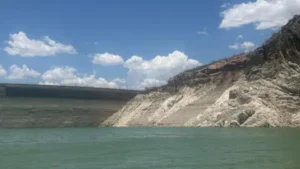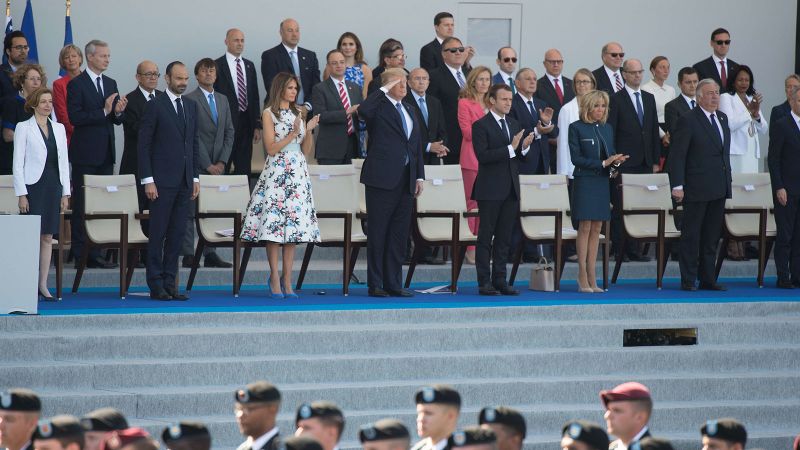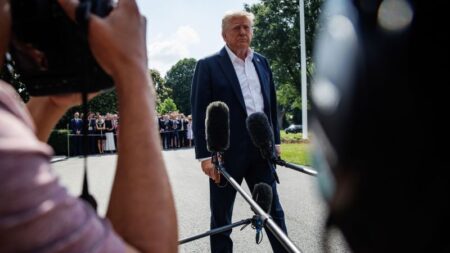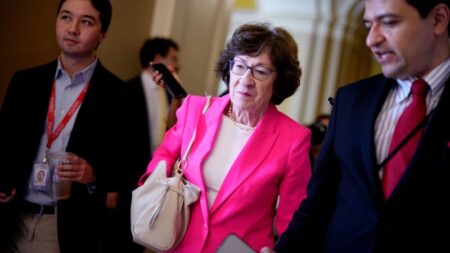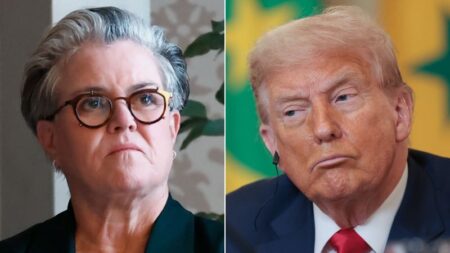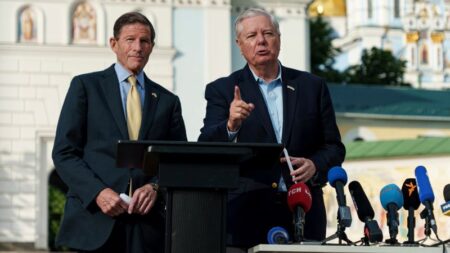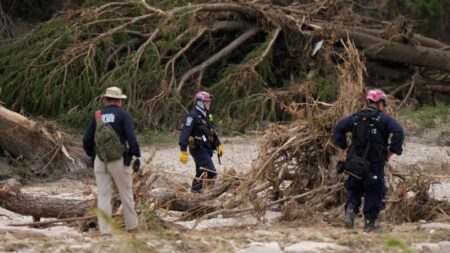On a flight back from Paris, during his inaugural presidential trip to the French capital, Donald Trump seemed mesmerized by a military parade he had recently observed. It struck him as a vivid demonstration of national pride and military prowess. As he sat aboard Air Force One, Trump excitedly shared his thoughts with aides, expressing how extraordinary he found the spectacle. His admiration prompted a direct request to his team: he wanted to initiate a similar event on American soil.
Fast forward eight years, Trump is finally poised to see his dream come to fruition. Preparations are underway for a substantial military display scheduled to take place down Constitution Avenue in Washington, DC, on a Saturday. This forthcoming spectacle is anticipated to be one of the most significant exhibitions of military power seen in the nation’s capital since the parades that marked the conclusion of the Gulf War in 1991.
The timing of this event is particularly noteworthy; it coincides with the 250th anniversary of the United States Army and Trump’s own 79th birthday. However, the planned celebration has met with a mixed reception; many have expressed trepidation over the potential implications of hosting such a militaristic affair in the heart of the country. During Trump’s previous term, numerous military officials cautioned against such displays, deeming them as more fitting for autocratic regimes rather than a democratic nation like the United States.
Despite the apprehensions surrounding the parade, the prospect of a military spectacle remains appealing to Trump and his current advisors. They seem unfazed by the idea of juxtaposing the parade with military personnel stationed in cities across America, such as Los Angeles, especially as this could trigger protests against Trump, accusing him of authoritarianism. Some officials have pointed out that the deployment of military forces domestically against the backdrop of a celebratory military parade could send a confusing and perhaps inappropriate message.
Regardless of the dissenting voices, Trump remains enthusiastic about the upcoming display. He promises a celebration that will highlight American patriotism in an unparalleled fashion, expressing high expectations for the event. “It’s going to be an amazing day,” he proclaimed, detailing the vehicles, aircraft, and military hardware that would be showcased. The parade is set to feature an impressive lineup, including 28 Abrams tanks—each weighing around 70 tons—along with vintage uniforms and transport from various eras of American military history.
Moreover, participants in the parade will not only include troops but also a variety of military vehicles, such as helicopters and planes, while a parachute demonstration team plans to deliver an American flag to Trump himself. Organizers assert that while the parade budget is hefty—estimated at around $45 million—the enormity of this venture is a testament to Trump’s long-held desire for grand military displays.
As the date nears, Washington, DC, faces significant logistical preparations, which include traffic disruptions and heightened security measures. Notably, air traffic at Ronald Reagan Washington National Airport is expected to come to a halt in synchronization with a flyover planned for the event. Anticipating dissent, nationwide protests titled “No Kings” aim to criticize Trump’s leadership style, bringing additional tension to the occasion. Trump himself has issued warnings to protestors, suggesting they reconsider their presence at the event, hinting at the strong police presence expected on the day of the parade.
The roots of this military spectacle trace back even before Trump’s presidency, as planning for the Army’s 250th anniversary commenced prior to his election. Initially intended to be a low-key event, this plan was radically altered by Trump’s return to power, as he aggressively sought to stage a massive military display. With substantial allocation from the government and parallel funding from private sources, the gears of this parade have steadily turned.
As discussions about the parade unfolded, even some within the Republican Party expressed skepticism regarding the necessity and implications of such a display. Some members articulated concerns regarding the possible misinterpretations of grandeur, suggesting that true power does not need grandiloquent exhibitions. Yet, Trump’s unwavering vision endured, fueled not only by his fascination with military displays from abroad but by a fervent desire to showcase American might, albeit amidst a landscape of political strife and scrutiny.
Reflecting on his past experiences, Trump has not only aimed to realize his longstanding aspiration but also navigated an intricate web of military and civilian considerations, hoping to execute an event that would match the grandeur he so deeply admires.


